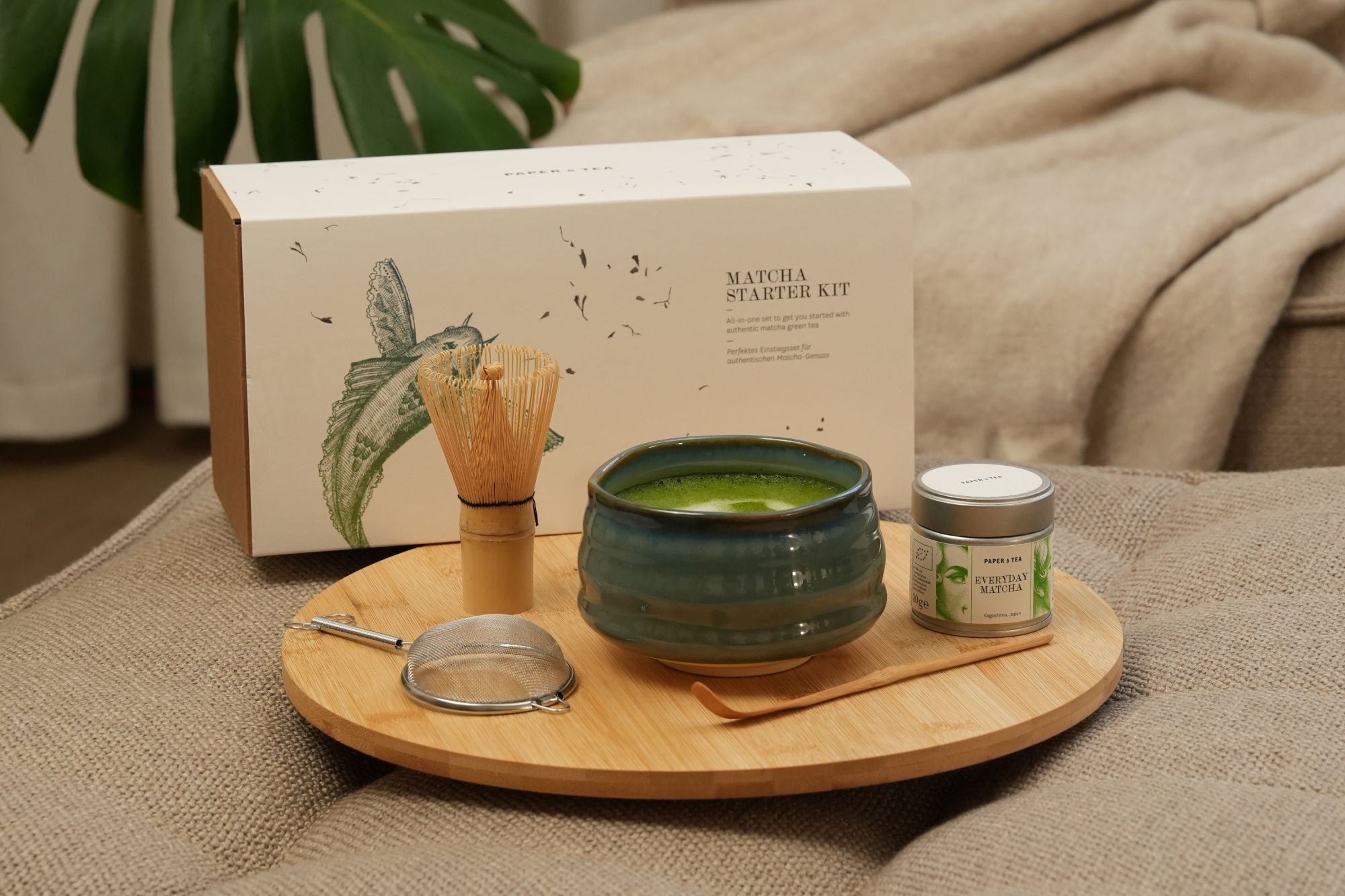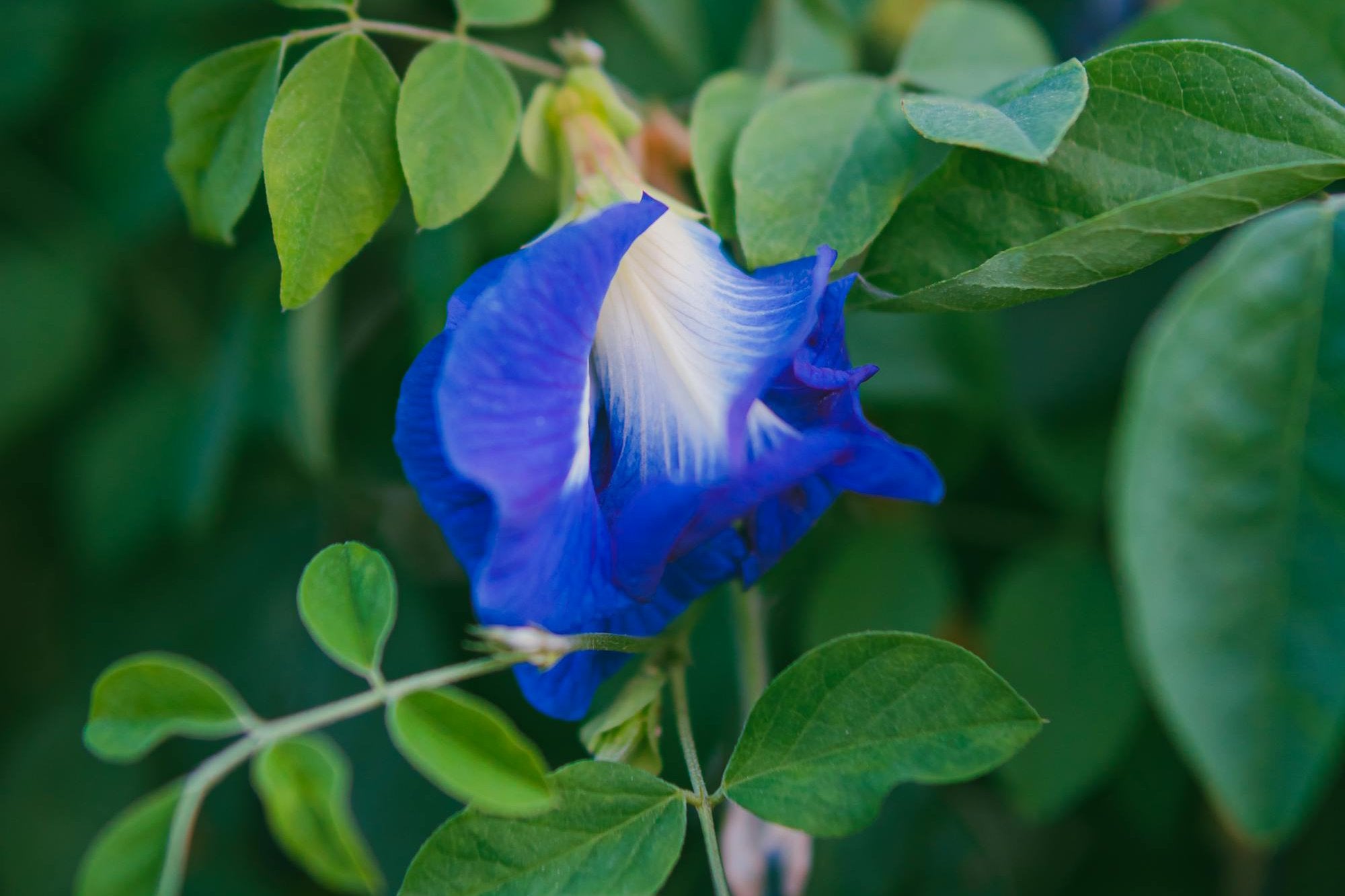Description
Under the influence of sunlight and environmental factors, this tea develops a subtler flavor with fewer vegetal notes compared to other green tea varieties. Its low caffeine content makes Bancha a preferred choice for evening tea. The flavor profile is light, featuring a mild sweetness and a subtle earthy astringency, rounded off by a hint of nuttiness. While Sencha is prized for its fresh, grassy notes, it is the roasted nuttiness of Bancha that tea enthusiasts especially appreciate.
Historical Background
Bancha originated in Japan and holds an important place in traditional Japanese tea culture. Initially, it was consumed as a simple, everyday tea, as it was more accessible and affordable compared to other Japanese teas like Sencha or Gyokuro. Historically, Bancha was regarded as the "common people’s" green tea, symbolizing the more grounded and straightforward aspect of Japanese tea artistry. Its widespread availability and lower price quickly made Bancha popular, and today, it is an indispensable part of Japanese tea traditions.
Interesting Facts
One fascinating aspect of Bancha is its low caffeine content, which makes it an ideal choice for tea lovers who are sensitive to caffeine or seeking a green tea for the evening. Bancha is also easy to prepare, as it is not particularly sensitive to water temperature or steeping times.
The nutty flavors of Bancha are especially pronounced in "Hōjicha," a roasted Bancha tea known for its robust aroma and reddish-brown hue in the cup. For this specialty, Bancha leaves and stems are roasted with constant motion. Hōjicha captivates with its balance between fresh green tea notes and intense roasted aromas and can be enjoyed both as loose leaf tea and as a powder. Despite its humble origins, Bancha has secured a beloved place in the hearts of tea enthusiasts worldwide—not only in Japan but around the globe.
```



























